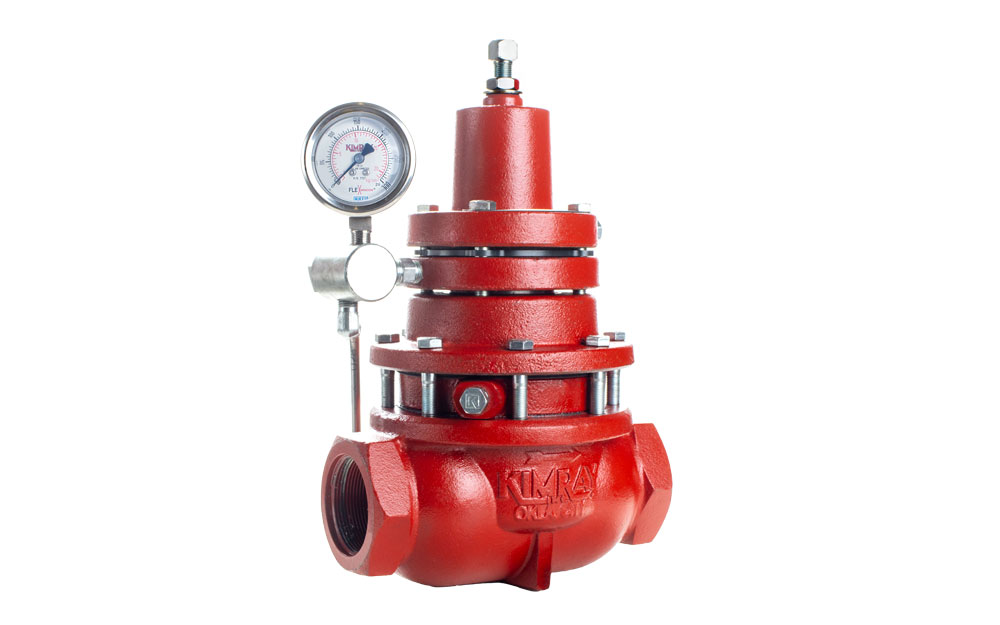If you’re on a production site, you’re almost guaranteed to see a temperature controller sticking out of a production vessel. Today on the blog we’re going to show you how to identify and troubleshoot issues when your temperature controller is not working correctly.
There are three things that affect separation: time, pressure, and heat. When heat is used in a vessel, a temperature controller allows you to set the temperature you want your production fluid to achieve and maintain.
Here are some issues you may run into when controlling temperature:
Tip 1: If the temperature controller is continuously venting, check for dirty supply gas
Temperature controllers are designed to vent intermittently. Therefore, if you’re walking around your site and notice a hissing noise coming from the controller because it’s venting continuously—there’s a problem.
The first thing to check is where your supply gas is coming from. You want to make sure it’s running from a high and dry spot. If there are any liquids or trash in the supply gas, they can clog up the pilot plug. This keeps it from seating off.
Tip 2: Replace elastomers and spring
If you’ve checked the supply gas and confirmed that it is clean, the next thing to look for is something internally with the temperature controller.
Over time and with extended use, it may have experienced a compromised diaphragm, weakened pilot spring or a damaged o-ring. At this point you want to order a repair kit from the manufacturer and replace the appropriate parts. This can be done on site.
Tip 3: Use a Separable Socket (aka Thermowell)
If you’re going to be removing your temperature controller, you’ll want to make use of a separable socket, also referred to as a thermowell.
The socket is filled with high-temperature grease, which transfers the heat to the controller probe sensing the temperature. This socket allows the removal of a temperature controller so you can perform repairs and reinsert without losing vessel pressure.
Tip 4: Check that the probe is fully submerged
If there is variance between the set point on your temperature controller and the temperature gauge on your production vessel, the issue may be that the controller is not fully submerged in your production fluid. So, you’ll want to check fluid level in the vessel.
When using the controller on a gas line small than the 12-inch probe, put a “T” in the line. This is so that the full length of the probe is in the process flow.
Tip 5: Check for a bent probe
If you’re experiencing erratic temperature swings inside your production vessel, you may have bend in the probe. The probe of a temperature controller is very sensitive. If the exterior stainless steel tube gets bent and comes into contact with a bi-metal that’s inside, it can be cause erratic temperature changes.
Before installation, make sure to handle your temperature controller very carefully and do not hold it by the probe. There is no way to repair a bent probe. Therefore, if that is your issue, it’s time to order a replacement.




























